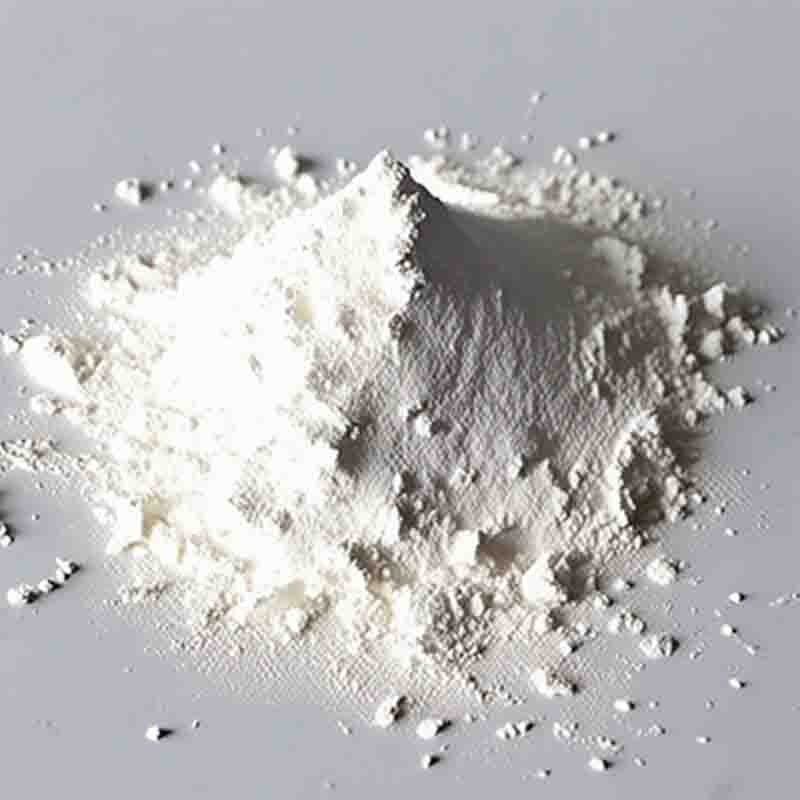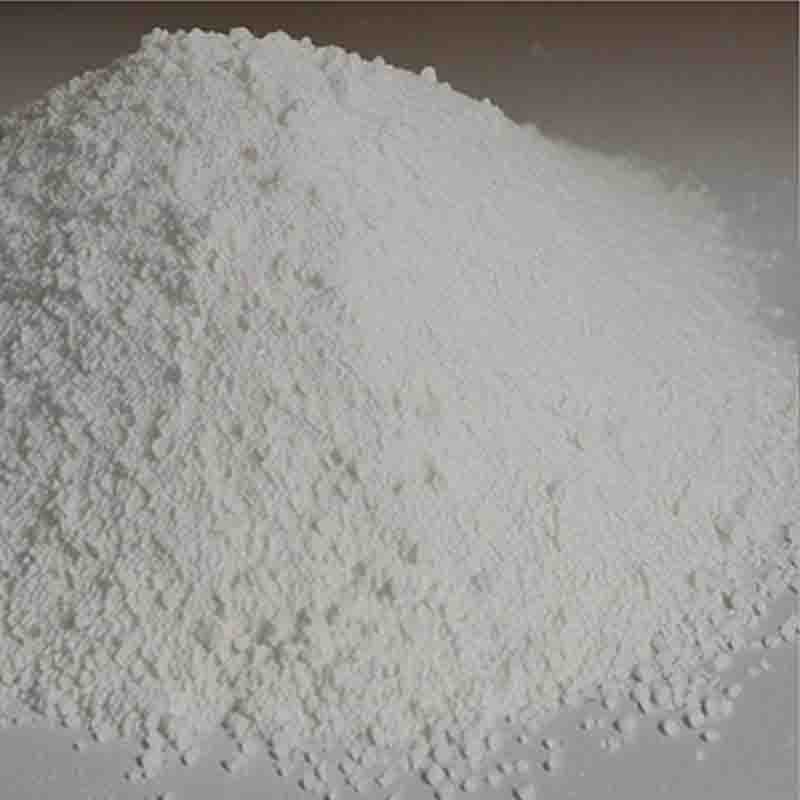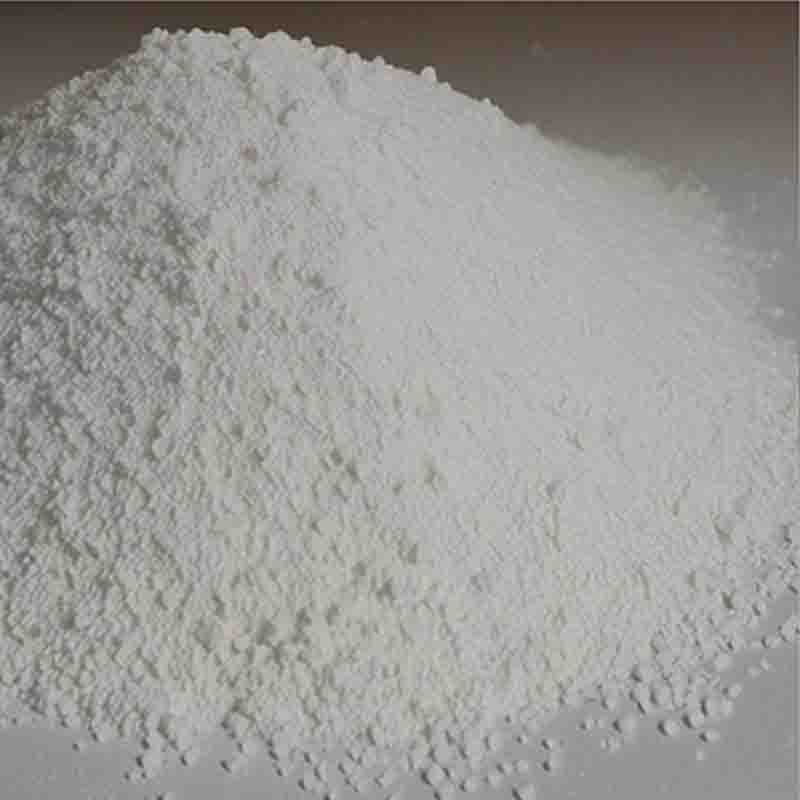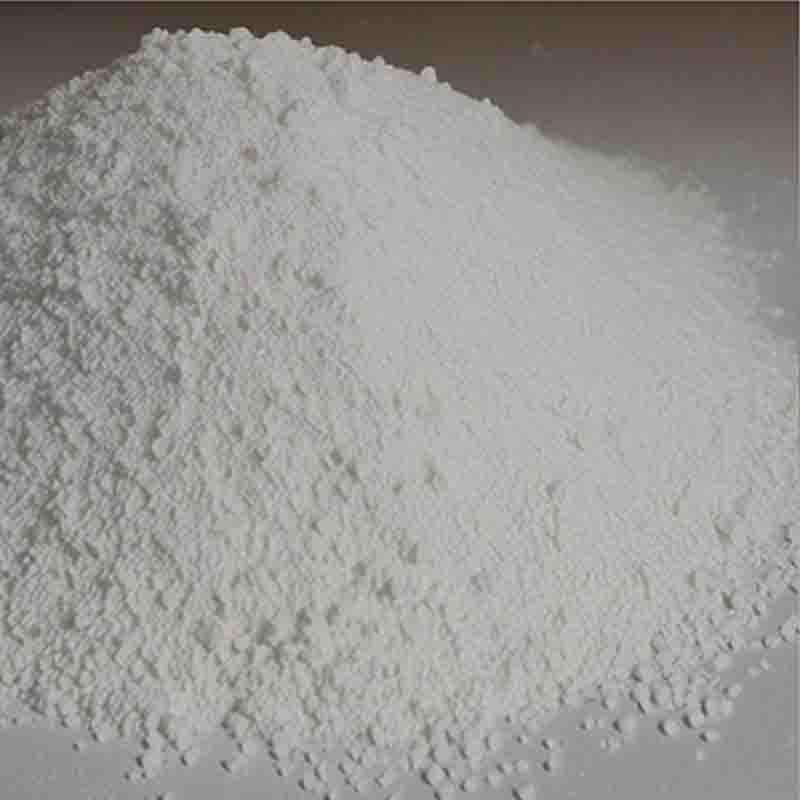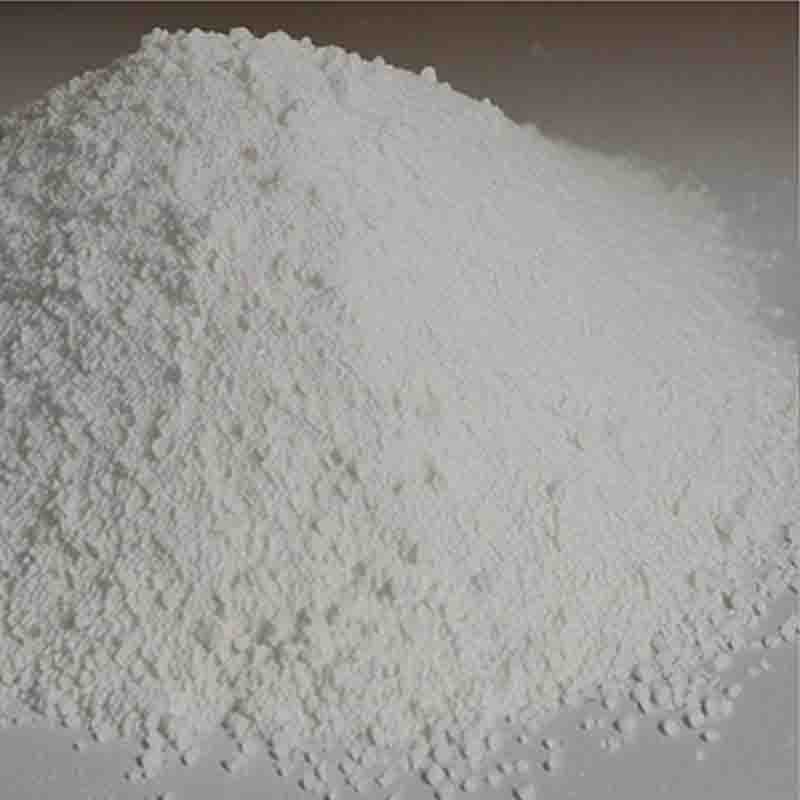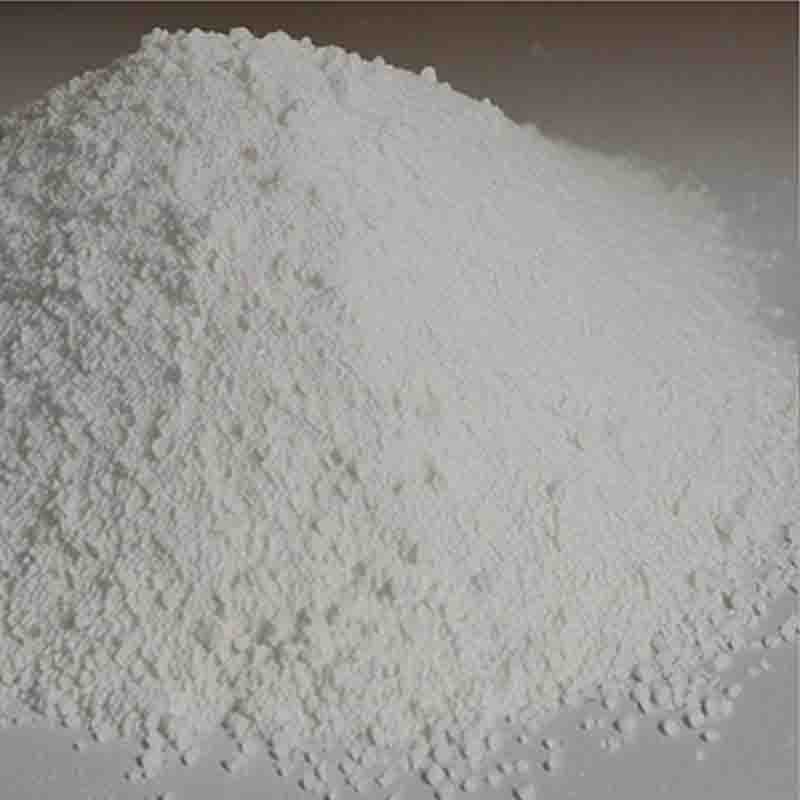3-Bromothiophene-2-carboxylicacid CAS: 7311-64-0
| Catalog Number | XD95726 |
| Product Name | 3-Bromothiophene-2-carboxylicacid |
| CAS | 7311-64-0 |
| Molecular Formula | C5H3BrO2S |
| Molecular Weight | 207.05 |
| Storage Details | Ambient |
Product Specification
| Appearance | White powder |
| Assay | 99% min |
3-Bromothiophene-2-carboxylic acid is a versatile chemical compound with a wide range of applications across various industries. In the pharmaceutical sector, it serves as a key intermediate in the synthesis of pharmaceutical ingredients and active compounds. It is employed in the production of medications for diverse therapeutic applications, contributing to the development of drugs for the treatment of various medical conditions.
Moreover, 3-Bromothiophene-2-carboxylic acid finds applications in the field of organic synthesis, where it serves as a valuable reagent for the preparation of complex chemical compounds. It is used in the synthesis of specialty chemicals, dyes, and pigments, as well as in the production of fine chemicals employed in a wide array of industrial processes.
In the field of materials science, 3-Bromothiophene-2-carboxylic acid is utilized as a building block in the synthesis of advanced materials, such as conductive polymers and organic semiconductors. It is employed in the production of electronic devices, such as organic light-emitting diodes (OLEDs) and organic photovoltaic cells (OPVs), contributing to the development of sustainable and renewable energy sources.
Additionally, 3-Bromothiophene-2-carboxylic acid has applications in the field of agrochemicals, where it is utilized as an intermediate in the synthesis of pesticides and herbicides. Its use enables the efficient production of active ingredients that protect crops from pests and diseases, contributing to the enhancement of agricultural productivity and food security.
Overall, 3-Bromothiophene-2-carboxylic acid is a valuable compound with a broad range of applications in pharmaceuticals, organic synthesis, materials science, and agrochemicals. Its role as an intermediate and reagent contributes to the development of new drugs, advanced materials, and specialty chemicals, making it an essential component in the chemical industry.


